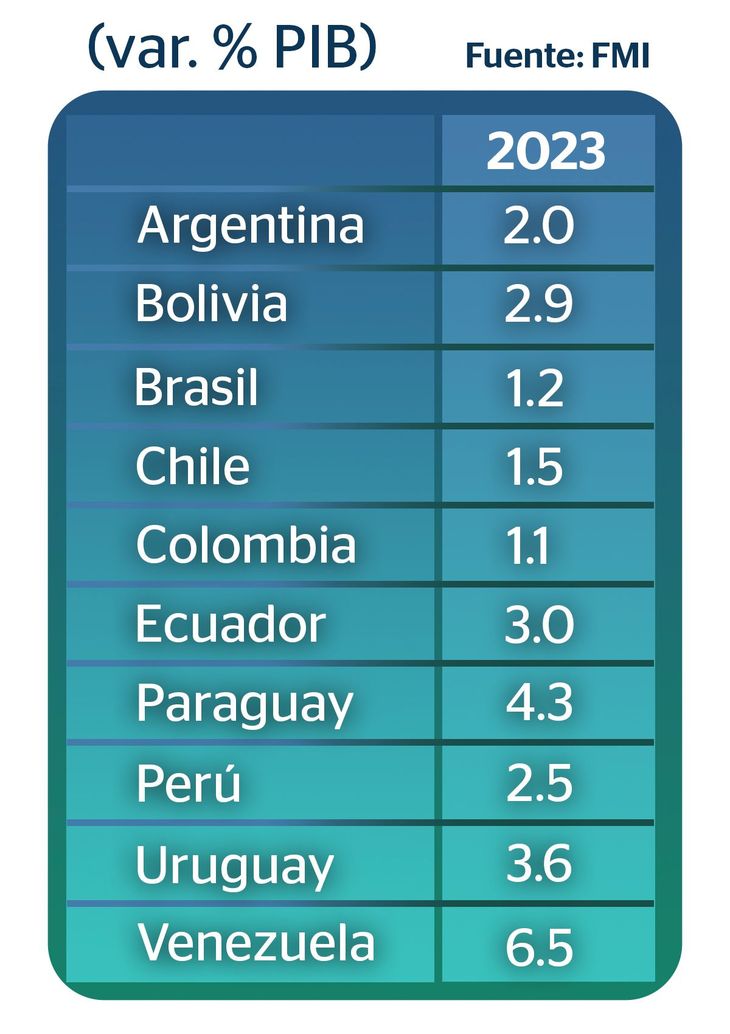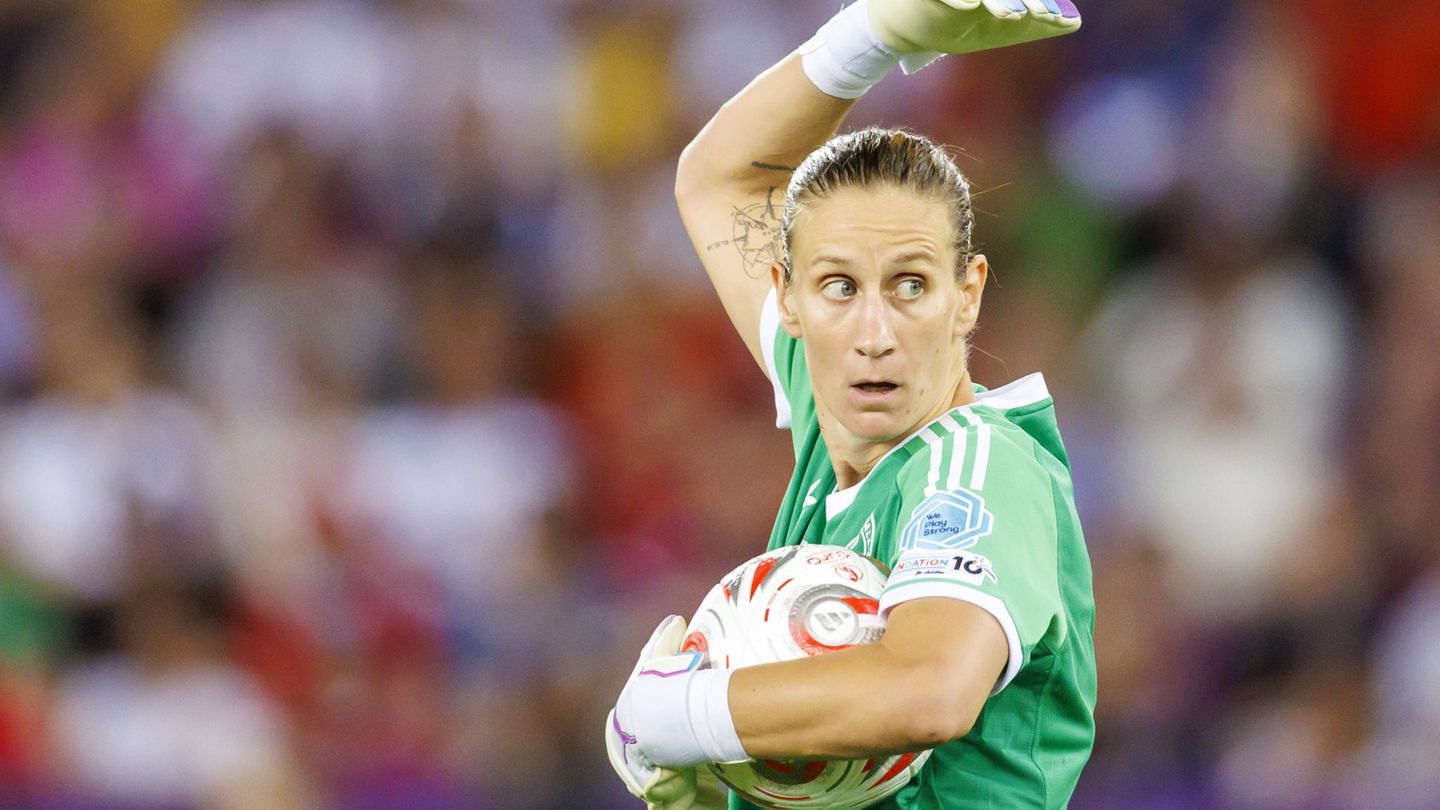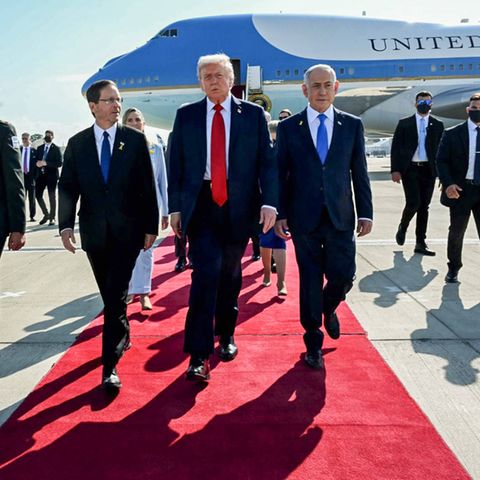Massa Kristalina Georgieva.jpeg
IMF report: what it says about inflation in Argentina for 2023
For both 2023 and 2024, The Fund expects the Argentine economy to advance 2%, slightly above the South American average (1.5% this year and 1.9% next), but below the 4.6% growth registered by the country in 2022.
The evolution of the economies of Argentina’s main partners would not play in favor. Growth in Brazil is expected to slow from 3.1% last year to 1.2% today. GDP growth in the United States would drop from 2% in 2022 to 1.4% in 2023.
Regarding inflation, the IMF projection for the current year coincides with that estimated by the Argentine government in the budget: 60%. This figure is found below private estimates which, on average, foresee a rise of 98.4% (according to the latest Survey of Market Expectations carried out by the BCRA).
The inflation projection of 60% for Argentina is the second highest in the American continent after Venezuela – 150% -, while Suriname is in third place – 22.9%- and Haiti -21%-.
Endurance
The economies of Latin America they held up well last year despite the impacts of Russia’s invasion of Ukraine and rising interest rates worldwide, the Fund says. In 2022, the region’s economy grew by almost 4%employment recovered strongly and the service sector rebounded after the damage caused by the pandemic.
It also highlights that inflationary pressures are receding in many countries due to prompt and determined efforts by central banks and lower world food and energy prices.
However, he cautions that core inflation (i.e. excluding food and energy), remains high at around 8% in Brazil, Mexico and Chile (and something else in Colombia).
Despite these encouraging news on growth and inflation, the Fund cautions that “2023 is likely to be a challenging year for the region.”
About projects this year’s growth to slow to just 2%amid rising interest rates and falling commodity prices.
It assesses that job creation and consumer spending on goods and services are slowing, and consumer and business confidence are weakening. He Growth will also be held back by a slowdown in trading partners, particularly the United States and the euro area..
In addition, they present downside risks derived from war in Ukraine and possible tighter financial conditions than expected.
In addition, “Bringing inflation back to central banks’ targets is likely to be a protracted process that is subject to risksincluding increased wage pressures.”
challenges
The Fund also warns about the social situation in Latin America. “Slow growth, high inflation and global uncertainty mean that many people in the region will see their standard of living decline this year and likely face growing anxiety about their future.”.
Consider that The rise in social discontent and the decline in trust in public institutions has been a major trend in the region for some time.. And social tensions have been exacerbated during the pandemic.
Evaluate that the poorest people, particularly those working in personal services, bore the brunt of the economic fallout. While government support helped alleviate the situation, many were unable to fully insulate themselves from the negative impact, “as evidenced by the notable increase in poverty.”
Furthermore, the increase in food insecurity it is also a key symptom of the lasting socioeconomic effects of the pandemic.
The region’s middle class also faces a more unstable economic situation, according to the vision of the organism. Many small businesses struggled to survive during lockdowns during the pandemic, and wages for middle-income workers were eroded by rising prices.
For the Fund, reversing these trends and the impact of the pandemic requires restoring macroeconomic stability and sustaining growth through structural reforms. And he adds that “finding common ground to carry out sensible economic reforms in an environment of significant social tensions will be an uphill battle”.
All this in a context in which “the continued possibility of unrest and political paralysis have the potential to erode confidence and weigh on economic activity”.
Recipes
For the IMF, Policies must focus on ensuring economic stability, stimulating growth and job creation, supporting entrepreneurship, and addressing the pressing social needs faced by many people in the region.
Among the recommendations are:
- Central banks must not weaken their determination to reduce inflationand considers that interest rates will likely need to stay high for some time to ensure inflation returns to target.
- Fiscal policy should emphasize social spending to support the poor at the same time as reducing public debt.
It is warned that trust in the government will continue to be undermined as long as the wealthiest segments do not pay their due taxes. It is understood to be equally important that governments prioritize spending and pay attention to ways to improve credibility in institutions through good governance and transparency.
- Based on recent progress, safety nets in the region must continue to improve to ensure reliable and sufficiently generous social assistance for those most in need.
- These steps should not displace the deeper policy changes needed to improve productivity, encourage investment and facilitate job creation. The reforms will be the main means, over time, to raise the standard of living of the region’s population.
IMF growth forecasts for Latin America
TABLE FRANCO.jpg

Source: Ambito




